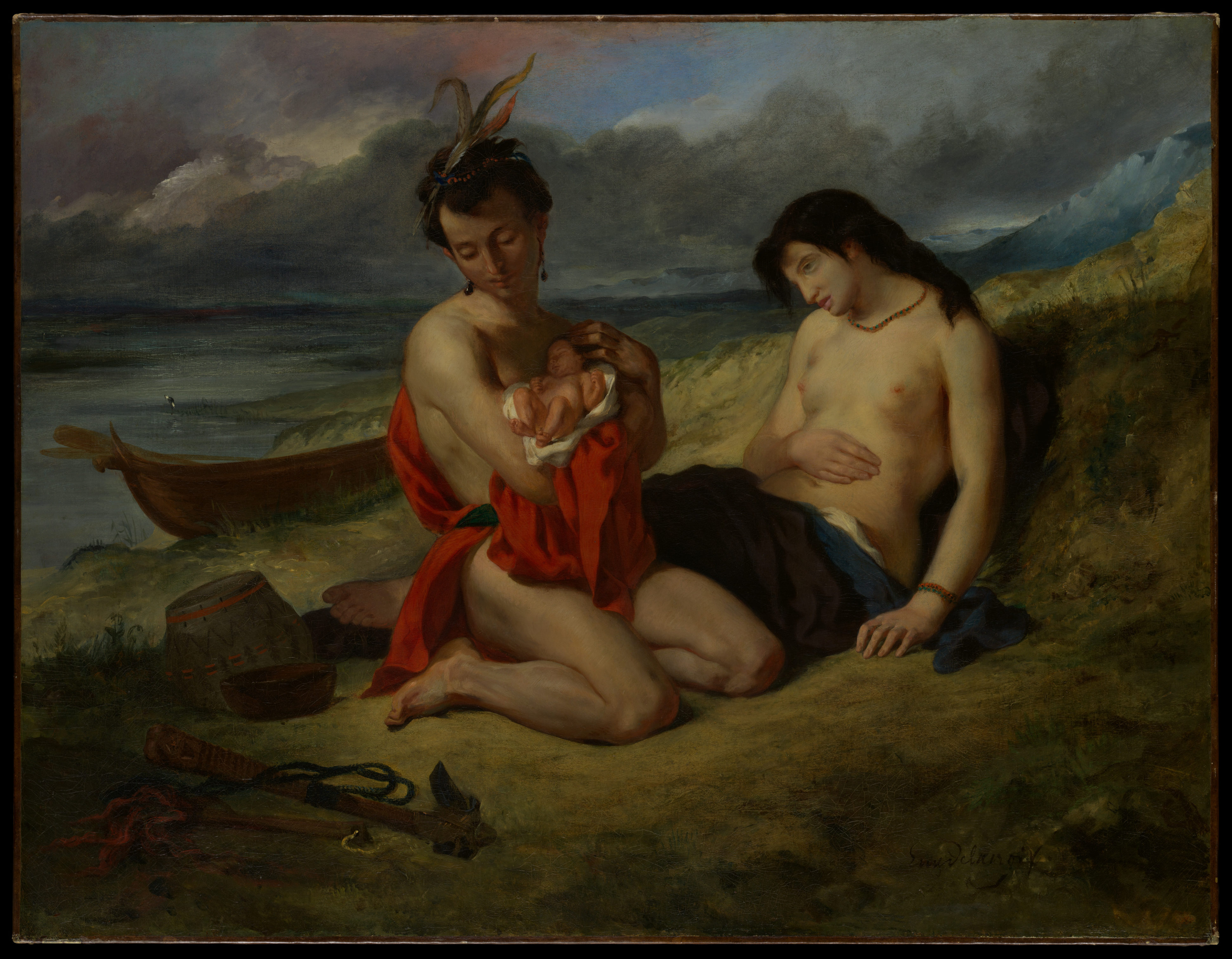
The Quiet Revolution in Phoenix
The 2025 Churchwide Assembly of the Evangelical Lutheran Church in America (ELCA), held in Phoenix, Arizona, has now officially adopted what it describes as “editorial” changes to its 2009 social statement Human Sexuality: Gift and Trust. But contrary to this official framing, these changes are not minor word swaps or clarifications. They are, in substance and effect, a comprehensive revision of the Church’s understanding of marriage, family, and human embodiment—one that capitulates to the spirit of the age and redefines long-standing Christian doctrine in light of evolving civil law and cultural norms.
What follows is a rebuttal—not only to the changes themselves but to the misleading narrative that they are somehow neutral or non-theological. They are a redefinition of the Church’s public witness on marriage, sexuality, and the nature of family.
From 2009 to 2025: A Timeline of Theological Drift
- 2009: Human Sexuality: Gift and Trust is adopted, controversially, by a narrow two-thirds majority—the minimum required for passage. While it affirms marriage as between a man and a woman, it also introduces the concept of “bound conscience,” allowing for differing positions on same-sex relationships within the ELCA. This marked a historic shift in Lutheran teaching and ignited deep theological conflict. A substantial percentage of members and pastors maintained that same-sex sexual relationships were incompatible with Scripture and the Church’s long-standing moral tradition. Many saw the decision as a departure from biblical authority and confessional integrity. The controversy led to widespread disillusionment, the formation of breakaway associations, and the departure of hundreds of congregations in the years that followed.
- 2022: The Churchwide Assembly passes Memorial C3 and Motion K, authorizing two reconsiderations:
- Reconsideration #1: Language changes in light of civil law, church policy, and public acceptance.
- Reconsideration #2: A future substantive review of the “bound conscience” framework (scheduled for 2028).
- 2025: The ELCA adopts the “editorial” changes recommended by its task force—changes which redefine terms, introduce new theological categories, and shift the center of moral authority from Scripture and Church Tradition to civil law and cultural sentiment.
Changing Words, Changing Doctrine
Let’s consider several before-and-after comparisons to highlight the depth of these so-called “editorial” revisions:
2009 Original: “Marriage is a covenant of mutual promises, commitment, and hope authorized legally by the state and blessed by God. The historic Christian tradition and the Lutheran Confessions have recognized marriage as a covenant between a man and a woman…”
2025 Revision: “In the United States, individual states determine the legal status and definition of marriage… Within Christianity, marriage is often understood as a covenant of mutual promises, commitment, and hope between two individuals...”
The theological center of gravity has shifted. The 2009 statement rooted marriage in Christian tradition and Scripture (Mark 10:6–9)1But from the beginning of creation, ‘God made them male and female.’ ‘Therefore a man shall leave his father and mother and hold fast to his wife, and the two shall become one flesh.’ So they are no longer two but one flesh. What therefore God has joined together, let not man separate.”. The 2025 edit centers marriage in state law and replaces sexed-specificity with generalized individualism.
Another:
2009 Original: “Lifelong, monogamous, same-gender relationships.”
2025 Revision: “Sex, Gender, and Sexuality in Marriage.”
The 2009 phrasing, while itself a significant departure from previous Lutheran and ecumenical consensus, at least retained a specific and limited scope. It acknowledged that the matter was controversial and that such relationships were considered by some within the ELCA to be acceptable only under certain conditions. The new framing—“Sex, Gender, and Sexuality in Marriage”—broadens the subject dramatically. It signals a shift from constrained moral categories to an expansive and ideologically freighted framework that no longer clearly defines the theological boundaries of Christian sexual ethics.
And finally:
2009 Original: “We in the ELCA recognize that many of our sisters and brothers in same-gender relationships…”
2025 Revision: “We in the ELCA recognize that many of our siblings of diverse sexual orientations in relationships…”
The use of “siblings” is not just inclusive. It is ideologically loaded—an erasure of the creational significance of male and female as part of our shared human identity.
The Collapse of a Compromise: What Was Warned in 2009 Is Unfolding Now
The 2009 social statement affirmed “publicly accountable, lifelong, monogamous, same sex relationships”—a compromise that was hotly contested at the time and viewed by many as the beginning of a theological rupture. While presented as a way to honor differing convictions through the concept of “bound conscience,” the move was seen by a significant portion of the ELCA as a departure from Scripture and a rejection of the Church’s historic teaching. The new 2025 wording expands this compromise dramatically, now referring to “life-long, monogamous relationships between individuals of diverse sexes, genders, or sexualities.” A footnote defines “gender diverse” as encompassing “a wide diversity of identities and expressions in relationships between individuals, including gender non-conforming, non-binary, genderqueer, and transgender persons.”
This shift is more than semantic; it signals a full theological reorientation. It also confirms the trajectory long anticipated by those who opposed the 2009 compromise—namely, that the so-called bound conscience framework would prove to be a temporary measure, soon to be dismantled entirely in the 2028 Reconsideration #2 process.
What was once a disputed accommodation has become a blanket affirmation, and the Church’s distinctive voice is being absorbed into the ambient culture. Looking ahead, the evolving definition of “diverse family configurations” will almost certainly include not only same-sex couples but also throuples, polyamorous networks, and other arrangements increasingly recognized by secular norms. For instance, the city of Somerville, Massachusetts, in 2020 officially recognized polyamorous domestic partnerships in its municipal policy—an indication of how quickly the definition of family is expanding in civic life. Similarly, legal scholars and advocacy groups are increasingly calling for recognition of non-traditional relationship structures, framing them as a matter of equity and inclusion.
This trajectory reveals a breach—not only of doctrinal continuity but of the trust once promised to those who were told their traditional convictions would remain respected under the so-called bound conscience framework. It is also likely to accelerate membership and parish decline. As the Church’s moral vision becomes indistinguishable from the secular world, those seeking clarity, conviction, and creedal faith will continue to look elsewhere. The ELCA’s compromise has not preserved unity—it has diluted witness and driven away both confessional Lutherans and seekers alike.
A Mirror of the Nationalism You Decry
Here lies one of the greatest ironies of this shift. The ELCA frequently denounces what it calls Christian Nationalism—typically defined as the fusion of Christian identity with American political and cultural power, especially on the right. But this very reconsideration is itself a form of Christian Nationalism as well:
- It aligns the Church’s moral witness not with the Kingdom of God but with the legal and cultural standards of the United States.
- It canonizes Supreme Court decisions as theological turning points.
- It treats public opinion and civil law not as areas to be evangelized or critiqued, but as authorities to be mirrored.
In short, this is a progressive version of what the ELCA claims to oppose: a Church conformed to the image of the nation. While the ELCA regularly challenges the political establishment on economic and immigration policies—often casting itself in a prophetic role—it nevertheless conforms to cultural consensus on matters of sexuality and identity. This inconsistency reveals a troubling pattern: resistance to the state when convenient, but capitulation when the culture demands it most. When the Church speaks boldly to Caesar in matters of justice but passively follows him in matters of sexual ethics, it reveals not prophetic courage, but selective conformity.
Public Sentiment as Theological Standard
The Executive Summary and Task Force materials confirm the real authority behind these changes:
“The edits… respond to the assembly’s authorization to update or clarify wording from the original social statement in light of: (1) the import that marriage legally is now a covenant between two individuals, (2) public acceptance of marriage of same-gender and gender non-conforming couples, and (3) the diversity of family configurations.”
There is no appeal to:
- Biblical anthropology
- Natural law
- The history of Christian moral reflection
- The creational structure of male and female as image-bearers
Instead, the guiding lights are public acceptance, legal precedent, and evolving definitions.
This is not Christian discernment. It is theological surrender.
A Bleak Forecast for Christian Witness
The consequences are plain:
- The ELCA’s public witness will become indistinguishable from progressive secularism.
- It will no longer have the credibility to speak prophetically to the culture.
- The 2009-bound conscience framework will be dismantled in 2028.
- Already, 37% of survey respondents said the section on differing views should be scrapped entirely. The direction is clear.
- Those holding to traditional Christian views will find themselves further marginalized within the ELCA.
- I predict that powerful and preferred voices will not stop until they succeed in eliminating all dissent.
- The ELCA will accelerate its numerical and spiritual decline.
- Churches that abandon creedal identity and biblical authority become indistinct, confused, and ultimately irrelevant.
Conclusion: Return to the Word, Not the World
The Church does not bear witness to the gospel by conforming itself to the laws of the land or the moods of the culture. It does so by proclaiming Christ crucified, risen, and reigning—not just in liturgy, but in moral teaching, in embodied discipleship, and in familial vocation.
The changes just approved in Phoenix are not cosmetic. They are catechetical. They re-educate the Church away from Scripture and toward the world.
Those who care about the integrity of the gospel and the created goodness of the body must say so clearly: these revisions are not simply editorial. They are ecclesial apostasy dressed in the language of inclusion.
Let the ELCA return to the Word—not to the world—for its hope, its witness, and its standard.
ELCA Sources:
- ELCA – Human Sexuality – Gift and Trust Study Process,
- An Updated Frequently Asked Questions on the Two Reconsiderations of Human Sexuality: Gift and Trust,
- Human Sexuality Reconsiderations Survey Report.
Sexual Orientation of Survey Participants
- Heterosexual/straight – 61/1%
- No answer – 7.5 %
- Gay – 7.1 %
- Queer – 6.3%
- Bisexual – 5.0%
- Lesbian – 4.2%
- Other – 4.2%
- Asexual – 3.3%
- Pansexual – 1.3%
Companion Post
+++
Grace & Truth



